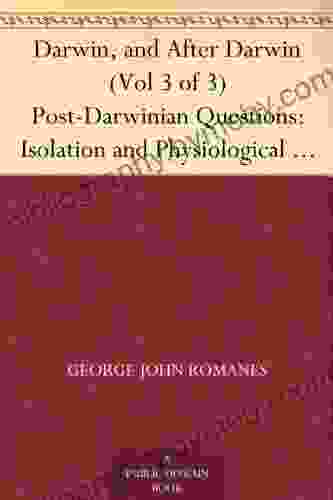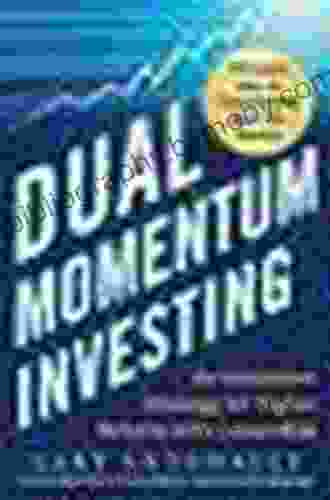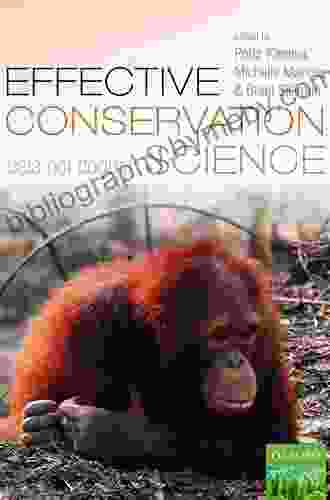Isolation and Physiological Selection: Unraveling the Secrets of Survival and Evolution

Welcome to the extraordinary realm of evolutionary biology, where the interplay between isolation and natural selection drives the remarkable adaptation and diversification of life on our planet. In this article, we embark on a captivating exploration of the groundbreaking book "Isolation and Physiological Selection," a seminal work that has profoundly shaped our understanding of how species evolve and adapt to their unique environments. Join us as we unravel the intricate relationship between isolation, genetic divergence, and the evolution of physiological traits across a vast array of species.
Isolation plays a pivotal role in the process of evolution by creating barriers to gene flow between populations. When populations become geographically isolated, such as through the formation of mountain ranges or the separation of islands, the exchange of genetic material is restricted. Over time, the isolated populations accumulate distinct genetic differences due to independent genetic drift and adaptation to their local environments. This genetic divergence can lead to the emergence of new species, a process known as speciation.
In addition to isolation, natural selection acts as a powerful force in shaping the evolution of physiological traits. Natural selection favors individuals with traits that enhance their survival and reproductive success in their specific environment. For example, in a cold climate, individuals with thicker fur or greater cold tolerance may have a higher probability of survival and passing on their genes. Over generations, such traits become more common within the population through the process of natural selection.
4 out of 5
| Language | : | English |
| File size | : | 494 KB |
| Text-to-Speech | : | Enabled |
| Enhanced typesetting | : | Enabled |
| Print length | : | 148 pages |
| Lending | : | Enabled |
| Screen Reader | : | Supported |
The combination of isolation and physiological selection creates a dynamic interplay that drives evolutionary adaptation. Isolated populations experience unique environmental pressures, leading to the selection of distinct physiological traits that enhance survival within their specific habitats. Over time, these traits can become so divergent that they препятствует the interbreeding of different populations, further reinforcing the process of speciation.
The groundbreaking work of "Isolation and Physiological Selection" has provided numerous key insights into the intricate relationship between isolation and adaptation:
- Isolation promotes genetic divergence: Isolated populations accumulate distinct genetic differences due to independent genetic drift and local adaptation.
- Natural selection favors advantageous traits: Individuals with traits that enhance survival and reproductive success in their environment are more likely to pass on their genes.
- Isolation and natural selection interact: The combination of isolation and natural selection drives the evolution of distinct physiological traits that promote survival in specific habitats.
- Isolation can lead to speciation: Over time, the accumulation of genetic divergence and the reinforcement of reproductive isolation can result in the formation of new species.
The principles and findings of "Isolation and Physiological Selection" have far-reaching implications for our understanding of evolutionary biology:
- Understanding adaptation: The book provides a framework for understanding how organisms adapt to diverse environmental challenges.
- Unveiling the origins of new species: It sheds light on the mechanisms that drive the formation of new species through isolation and genetic divergence.
- Informing conservation strategies: The principles outlined in the book can guide conservation efforts by identifying populations at risk of isolation and genetic erosion.
- Inspiring future research: The work continues to inspire new research into the interplay between isolation, natural selection, and the evolution of complex traits.
"Isolation and Physiological Selection" is an essential read for anyone fascinated by the intricate tapestry of life on Earth. Its profound insights into adaptation, evolution, and the shaping of biological diversity will captivate scientists, students, and nature enthusiasts alike. As you delve into the pages of this seminal work, prepare to be captivated by the extraordinary evolutionary forces that have shaped the history of life on our planet. Join us on this intellectual journey, where isolation and natural selection become the key to unlocking the secrets of survival and evolution.
4 out of 5
| Language | : | English |
| File size | : | 494 KB |
| Text-to-Speech | : | Enabled |
| Enhanced typesetting | : | Enabled |
| Print length | : | 148 pages |
| Lending | : | Enabled |
| Screen Reader | : | Supported |
Do you want to contribute by writing guest posts on this blog?
Please contact us and send us a resume of previous articles that you have written.
 Book
Book Novel
Novel Page
Page Chapter
Chapter Text
Text Story
Story Genre
Genre Reader
Reader Library
Library Paperback
Paperback E-book
E-book Magazine
Magazine Newspaper
Newspaper Paragraph
Paragraph Sentence
Sentence Bookmark
Bookmark Shelf
Shelf Glossary
Glossary Bibliography
Bibliography Foreword
Foreword Preface
Preface Synopsis
Synopsis Annotation
Annotation Footnote
Footnote Manuscript
Manuscript Scroll
Scroll Codex
Codex Tome
Tome Bestseller
Bestseller Classics
Classics Library card
Library card Narrative
Narrative Biography
Biography Autobiography
Autobiography Memoir
Memoir Reference
Reference Encyclopedia
Encyclopedia Mary Zaccagnini
Mary Zaccagnini Terri Cheney
Terri Cheney Garner Simmons
Garner Simmons Steven W Naifeh
Steven W Naifeh Gary White
Gary White Gerald Hausman
Gerald Hausman Geraldine Brooks
Geraldine Brooks Jessica Fishman
Jessica Fishman Leslie A Sams
Leslie A Sams G Michael Maddock
G Michael Maddock Gilbert R Mason
Gilbert R Mason Nola Nolen Holland
Nola Nolen Holland Gesine Bullock Prado
Gesine Bullock Prado Gary Dickinson
Gary Dickinson John Bemelmans Marciano
John Bemelmans Marciano Gerald Shea
Gerald Shea George Cohon
George Cohon Rhonda Leeman Taylor
Rhonda Leeman Taylor Tim Deroche
Tim Deroche Marly Cornell
Marly Cornell
Light bulbAdvertise smarter! Our strategic ad space ensures maximum exposure. Reserve your spot today!

 Darren NelsonRoswell Ripley: Charleston's Gallant Defender - Courage, Leadership, and the...
Darren NelsonRoswell Ripley: Charleston's Gallant Defender - Courage, Leadership, and the...
 Ryūnosuke AkutagawaPainting Sunlight and Shadow with Pastels: A Comprehensive Guide to Mastering...
Ryūnosuke AkutagawaPainting Sunlight and Shadow with Pastels: A Comprehensive Guide to Mastering... Edwin CoxFollow ·19.3k
Edwin CoxFollow ·19.3k Emanuel BellFollow ·19.4k
Emanuel BellFollow ·19.4k Jeffrey CoxFollow ·5.3k
Jeffrey CoxFollow ·5.3k Isaias BlairFollow ·15.6k
Isaias BlairFollow ·15.6k Eli BlairFollow ·7k
Eli BlairFollow ·7k Salman RushdieFollow ·18.9k
Salman RushdieFollow ·18.9k Thomas PynchonFollow ·8.5k
Thomas PynchonFollow ·8.5k Javier BellFollow ·4.9k
Javier BellFollow ·4.9k
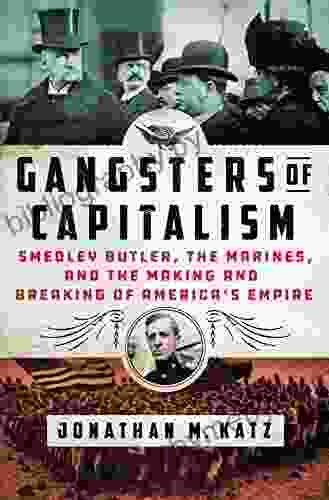
 Brian West
Brian WestSmedley Butler: The Marines and the Making and Breaking...
: A Marine's...
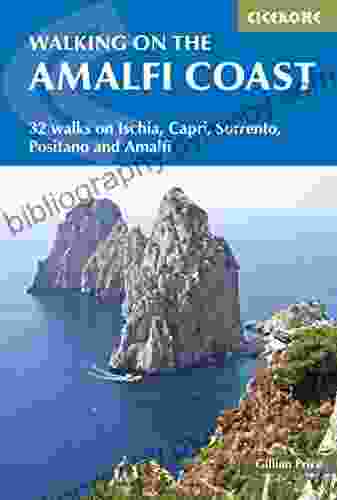
 Gabriel Garcia Marquez
Gabriel Garcia MarquezIschia, Capri, Sorrento, Positano, And Amalfi: An...
Explore the...

 Felix Carter
Felix CarterAdorn Your Little Princess with Fleur Ange's Exquisite...
Welcome to the enchanting...

 Kelly Blair
Kelly BlairUnveiling the Secrets of the Historical Way and Fishermen...
Step into the pages...
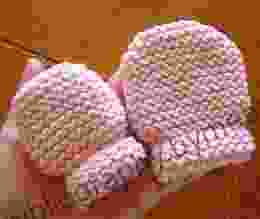
 Angelo Ward
Angelo WardKnit the Cutest Thumbless Mittens for Your Little One:...
Prepare to be...
4 out of 5
| Language | : | English |
| File size | : | 494 KB |
| Text-to-Speech | : | Enabled |
| Enhanced typesetting | : | Enabled |
| Print length | : | 148 pages |
| Lending | : | Enabled |
| Screen Reader | : | Supported |


